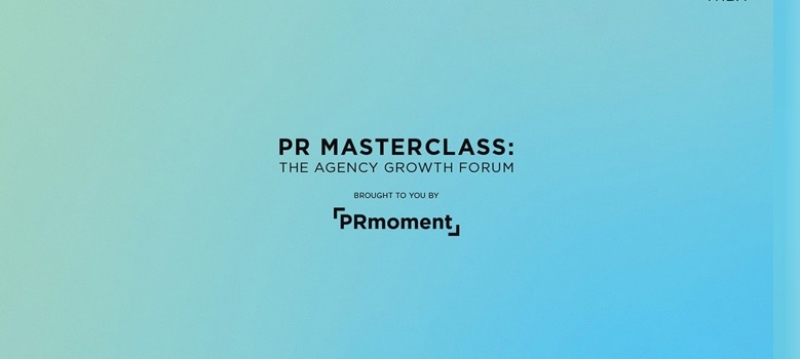 To be human is to be creative. As Rachel Rayner, digital marketing manager at PR firm LEWIS, says: “Humans are an inherently creative species. It’s our nature to explore, experiment and try new things. We wouldn’t have made it to the top of the food chain without a lot of creative thinking!”
To be human is to be creative. As Rachel Rayner, digital marketing manager at PR firm LEWIS, says: “Humans are an inherently creative species. It’s our nature to explore, experiment and try new things. We wouldn’t have made it to the top of the food chain without a lot of creative thinking!”
So why is it that so many, even those who work in a communications role, feel they are not creative? Rayner says it’s not because they are unable to think laterally, rather it is because the environment they are in does not encourage them. “But hope is not lost. Whilst we may not be able to directly teach creativity, there’s no doubt about the fact that we can nurture or hamper it, and companies can create a working environment in which it can thrive.”
LEWIS carried out research amongst communications professionals to find out their views on creativity and found that 71% of respondents believe that creativity can be taught. Yet 85% of people believe that there is such thing as a “creative type”: someone who is naturally, instinctively creative. These ideas seem to be at odds: are a few lucky people naturally creative, or is creativity a learned skill?

Rayner answers: “As with everything, the truth probably lies somewhere in between. Learning creativity can take years, and actually, it could be defined in any number of ways. But you can set up the right physical conditions for creativity to thrive. Companies need to encourage their employees to get creative, whether that is through away-days, arts-based training, or simply not being afraid to try something new. Industries rise when creativity thrives (think Silicon Valley and start-up mentalities), and fail when everyone adopts the norm and ideas get stagnant. Encouraging employees to step away from their desks to grab lunch outside of the office; break-out spaces for individuals to work away from the crowd, and asking individuals to prepare ideas in advance of a brainstorming session could also make for a more creative environment.”
Rayner concludes that many PROs are too busy, too overloaded with information and too focused on analytical left-brain thinking processes to be creative. Companies need to provide the right conditions to help them step away from their devices and offices to explore their imaginations.
Methodology
LEWIS asked 235 professionals to explain how they experienced creativity, and what they thought of the creative process.
PR Masterclass: The Agency Growth Forum
Our experts will each give you a 20-minute Masterclass on what we've identified as the 11 most important elements in running a modern, profitable and successful PR firm.
Taking place on Wednesday 26th November in London, both virtual and in person tickets are available.
Tickets on sale now!
PR MasterclassIf you enjoyed this article, sign up for free to our twice weekly editorial alert.
We have six email alerts in total - covering ESG, internal comms, PR jobs and events. Enter your email address below to find out more:








